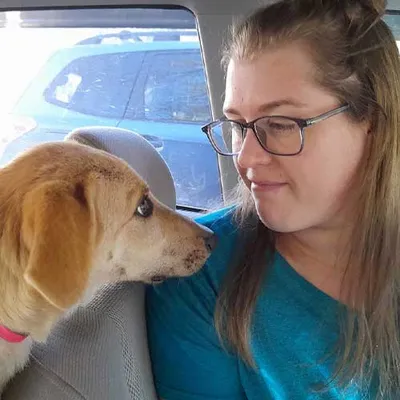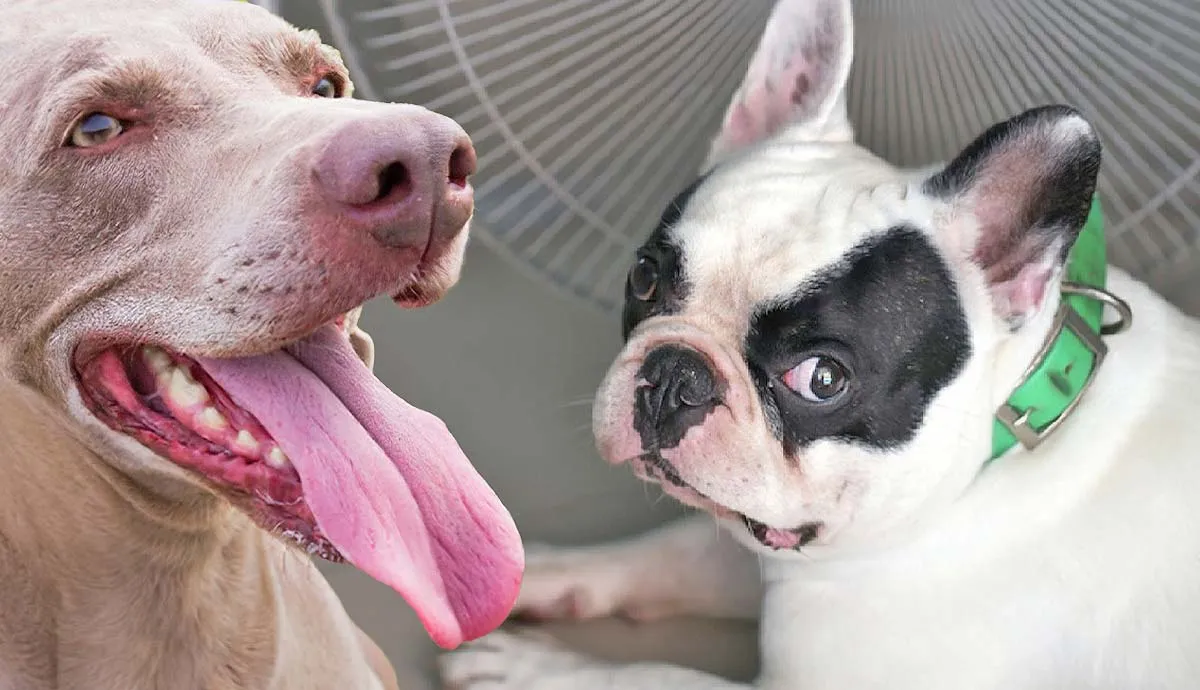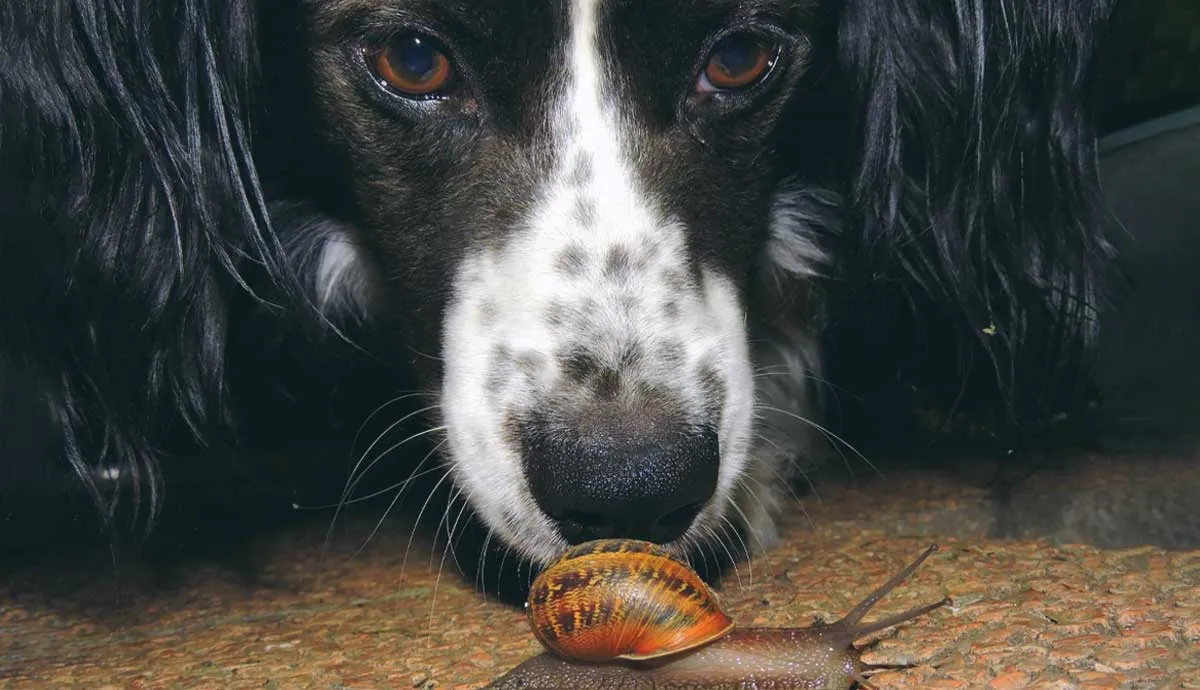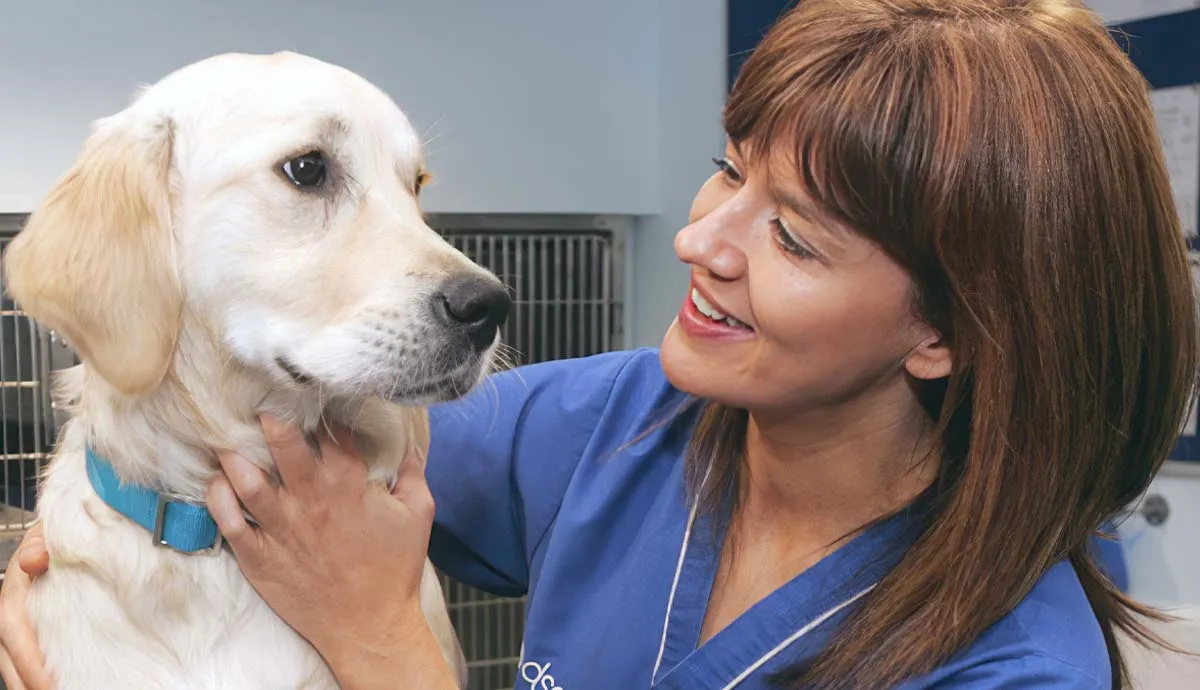Anyone who has ever had a dog might wonder why their dog would sniff pee puddles. While it seems like a bizarre thing for us to do as humans, it is perfectly natural for dogs.
After all, dogs’ brains are programmed very differently, and they have a surprising 12.5% of brainpower dedicated to the sense of smell. For them, there is nothing strange or disgusting about having a sniff after another dog enjoys a call from nature. It reveals important information about the world around them.
Dogs Get Information from Smelling Urine

Amazingly, a dog can learn a lot about another pooch by simply having a quick whiff at its pee. These details include:
- The dog’s age and gender
- Whether the dog has been spayed or neutered
- If the dog is stressed or unhealthy
- Whether the dog has a good diet
Dogs have a superior sense of smell when compared to their human counterparts. We have about five million scent receptors. Dogs have a whopping 200 million! Their sense of smell is so powerful, they could detect a single drop of blood diluted in 20 swimming pools. This is why they’re commonly used in search-and-rescue missions; their sense of smell can’t be beat.
Why Does My Dog Smell Its Own Urine?
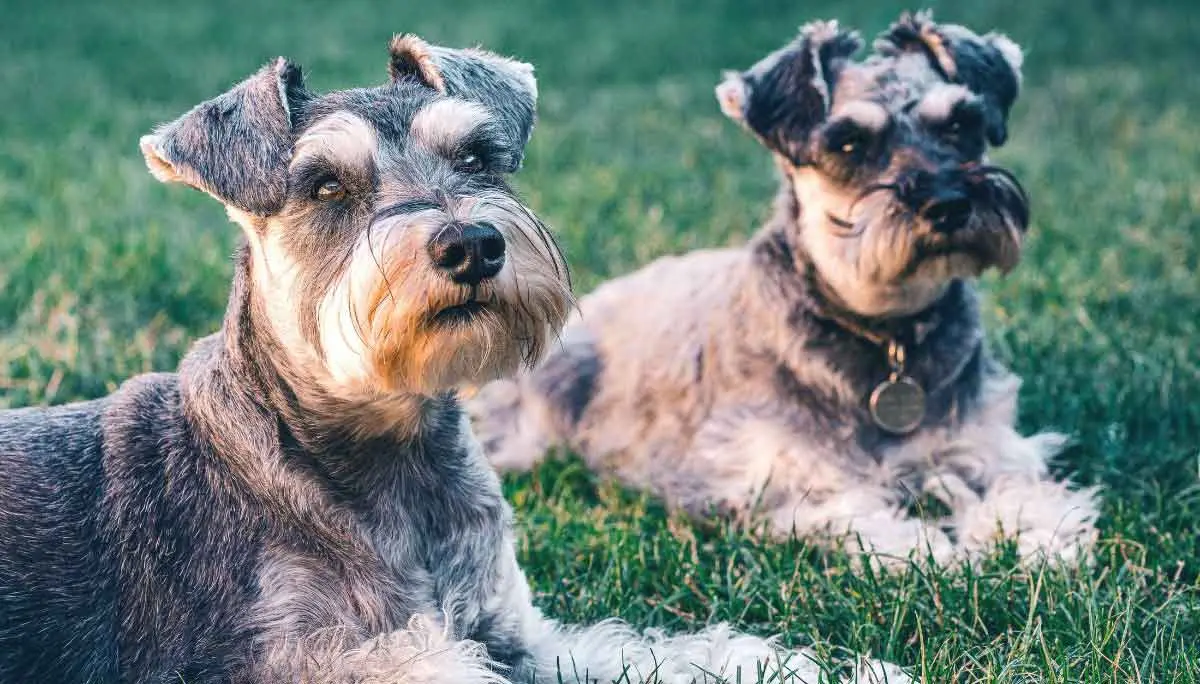
You might be used to your dog sniffing puddles of pee on the sidewalk, but you might feel concerned if your dog starts smelling its own urine. The good news is that there is no cause for alarm if this happens. It’s basically the same thing as your dog reading its own social media profile. It wants to check and see what its own urine says about them.
Sometimes, your dog may smell its pee if you’ve recently changed their diet or they’re on a new medication. The only cause for concern would be if you notice that your dog’s urine has a strong odor or seems discolored. If you notice either of those things, you should consult your vet.
Do All Dogs Have a Great Sense of Smell?
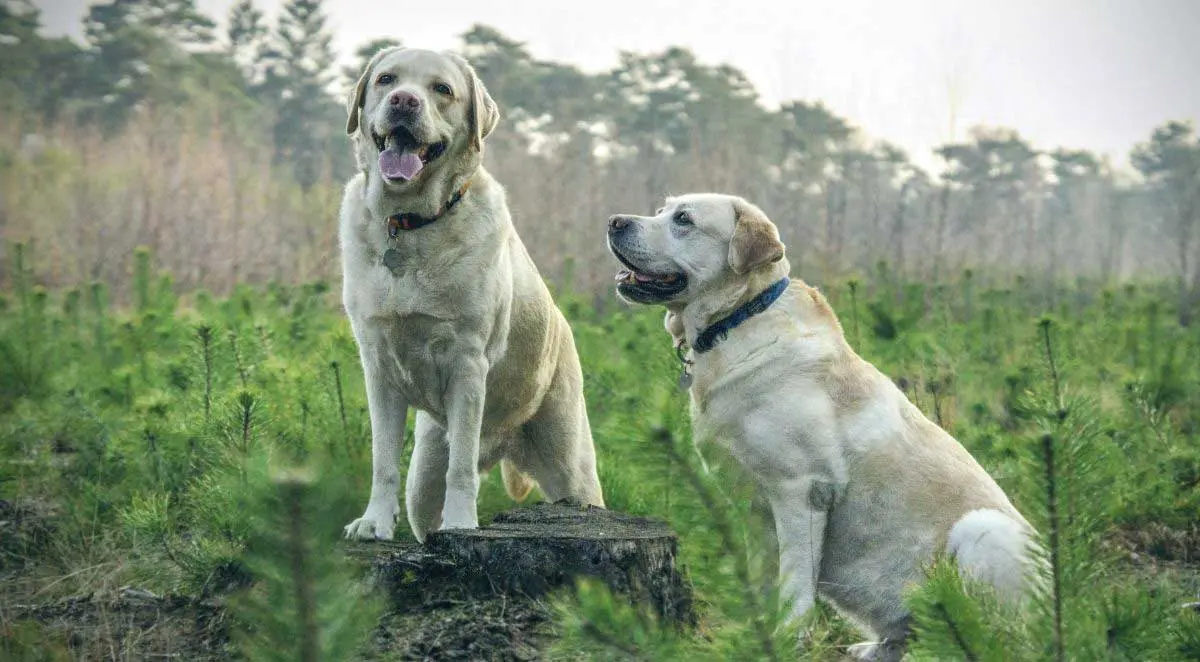
Compared to humans, all dogs have an extraordinary sense of smell. However, some are better equipped for scent-related work than others. For instance, Basset Hounds capture scents in their jowls, allowing them to track missing people for long periods. German Shepherds are extremely trainable, and their mesocephalic skull shapes allow for plenty of olfactory receptors in their noses.
However, brachycephalic dogs (such as Pugs and French Bulldogs) have fewer olfactory receptors than their longer-snouted counterparts. While they can still smell better than their human handlers, their flat faces aren’t conducive to specialized scent-related tasks. What’s more, their flat skull shape prevents them from exercising for long periods.
Do Dogs’ Sense of Smell Weaken With Age?
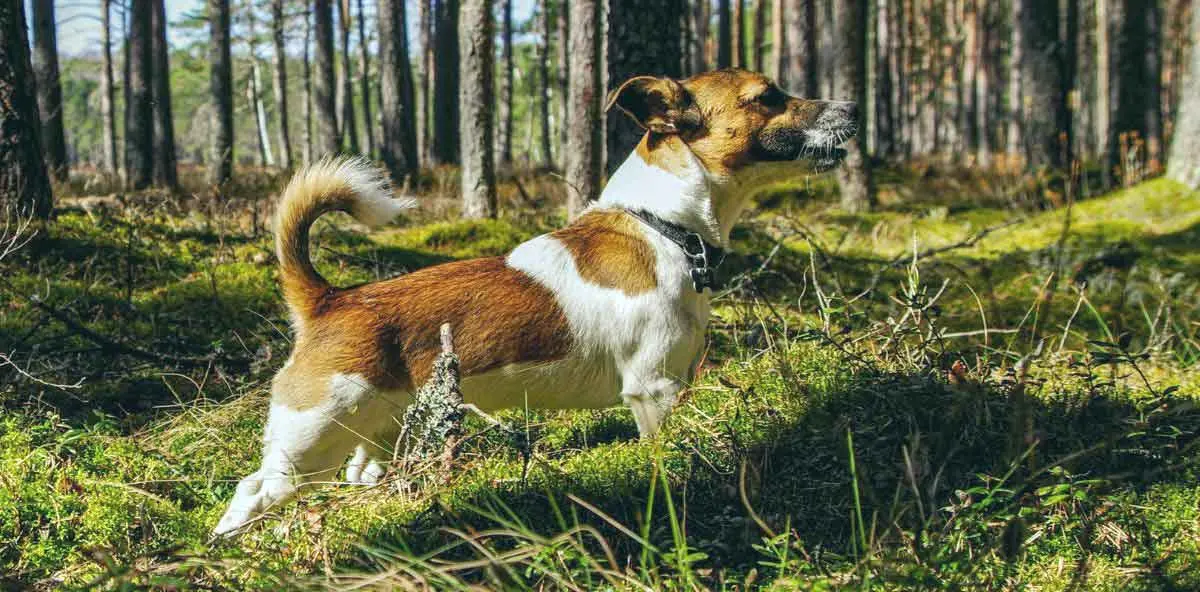
Any dog owner can tell you that old age isn’t pretty. We see our beloved fluffy friends becoming increasingly uncomfortable as their joints and senses weaken. In that regard, we are quite alike! Unfortunately, a dog’s sense of smell is also one of the powerful traits that drastically decline as the years pass.
Some scientists say that some breeds can hardly smell anything if they reach the age of 14. Usually, only small dogs reach this age. Needless to say, growing old isn’t a walk in the park for a man or his best friend.
Thankfully, dogs have four other senses they use to navigate the world! Even if your dog is in his golden years, he’s likely still well-equipped to navigate his day-to-day life.
Do Dogs Prefer One Nostril Over the Other?
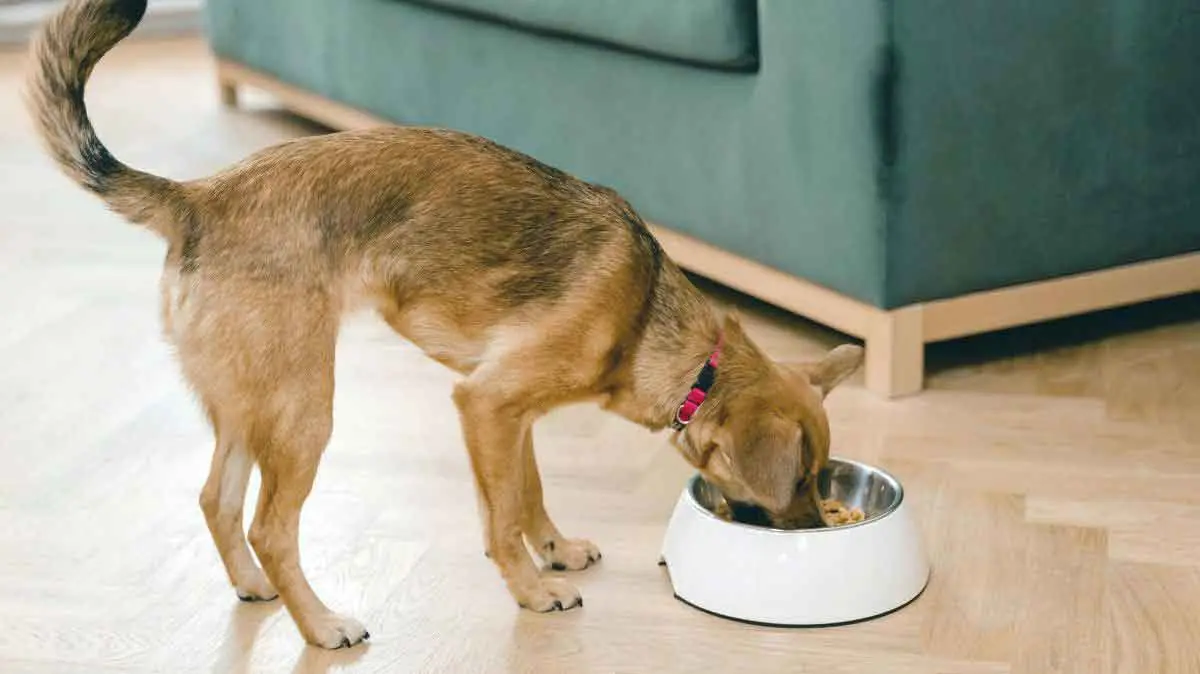
You might not have a favorite nostril, but your four-legged friend certainly does. The Scientific American conducted a study using 30 mixed-breed dogs. They were exposed to six smells:
- Dog food
- Secretions from a female dog in heat
- Lemon
- A swab with nothing on it
- Sweat from a familiar veterinarian
- Adrenaline
The findings revealed that dogs preferred using different nostrils for different scents. The dogs preferred using their right nostrils when presented with the fifth and sixth odors. However, when smelling the first and second odors, the dogs initially used their right nostrils, then shifted over to the left nostrils.
While the science behind dog nostril preferences is relatively new, it reveals interesting information about how dogs navigate the world around them.
Dogs Also Have Great Hearing
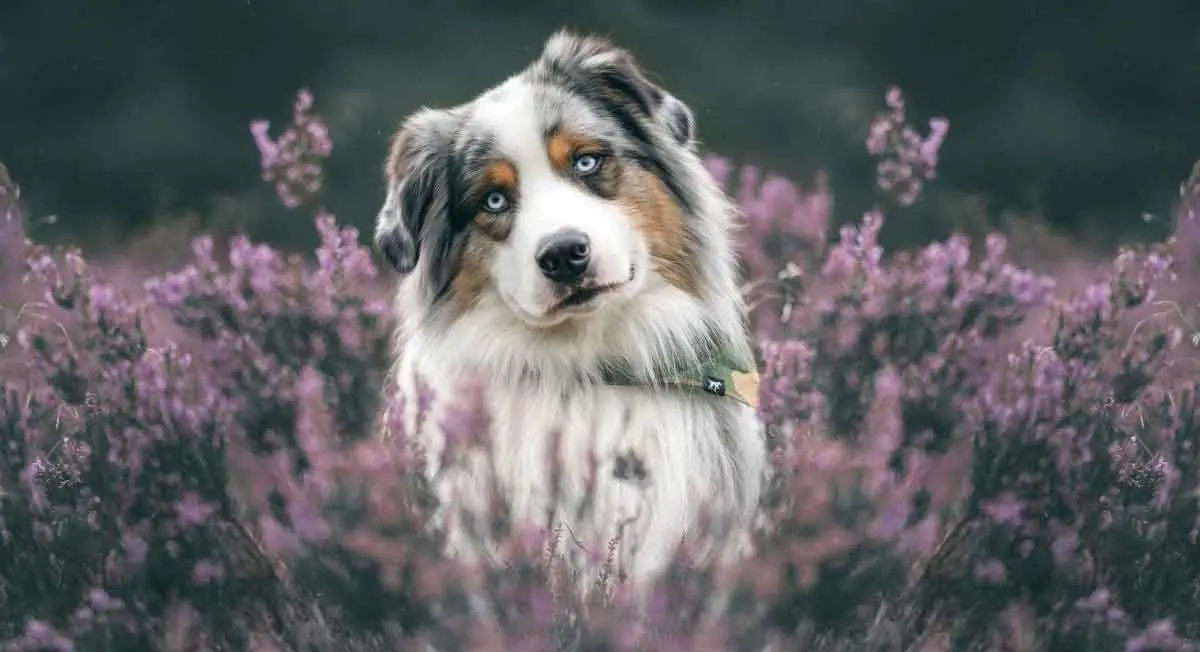
Another sense that is much more powerful than that of humans’ is a dog’s hearing. In fact, scientists say that a dog’s hearing can be up to four times stronger than that of a human.
This is thanks to the muscles in their ears as well as their ability to move their ears independently. Dogs have about 18 muscles in their ears, so they can easily adjust them so that they can hear better. Think of them as furry radar dishes!
Dogs See Differently Than People

While humans can see things clearer than dogs, our furry friends have a much wider view.
As a result, dogs can see more broadly, but they don’t have as fine vision as we do.
It is believed that dogs have superior night vision. Their eyes have an extra reflective layer that makes them suitable for seeing things at night. Since we don’t have that additional layer, our night vision can be limited.
Your Dog Smelling Pee Is Natural
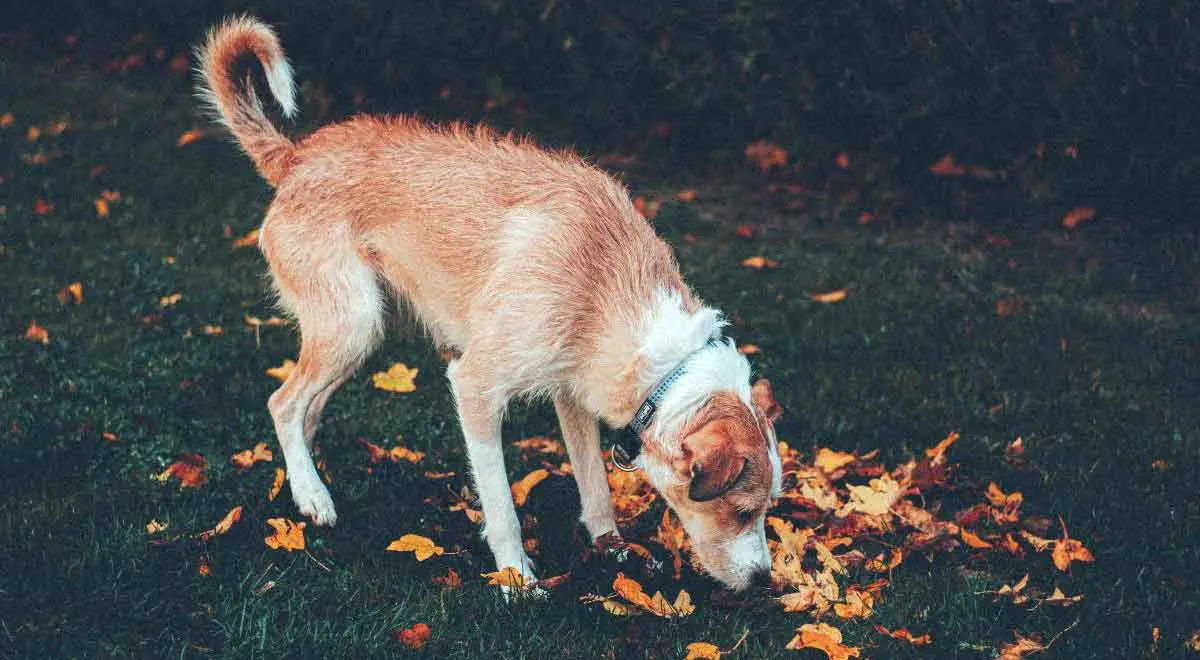
Our world is a much better place with our pooches by our sides. They put smiles on our faces because they are our companions. While they might have some odd behavioral traits, like pee-smelling, if it makes them happy, then that is alright with us. An excited, eagerly sniffing dog is a healthy and happy fluffball. So, instead of trying to stop your dog from having a whiff, offer a few minutes of sniffing pleasure.

